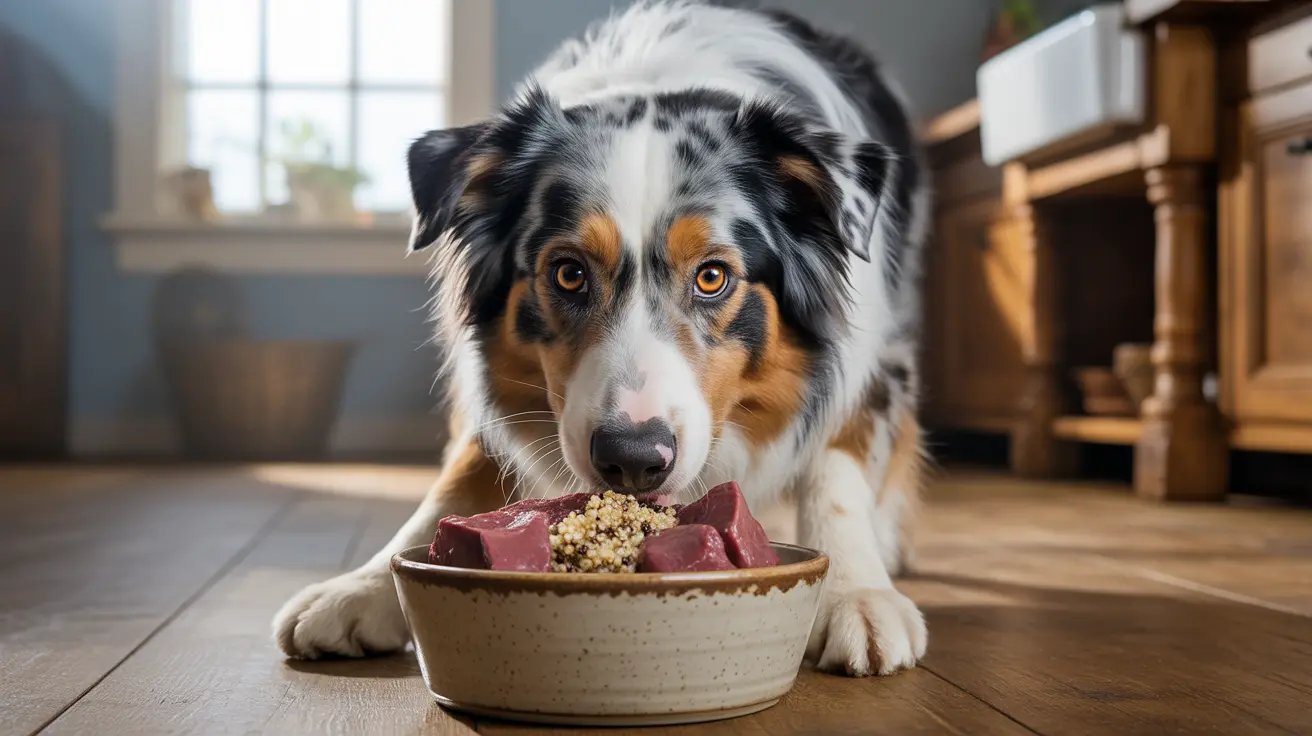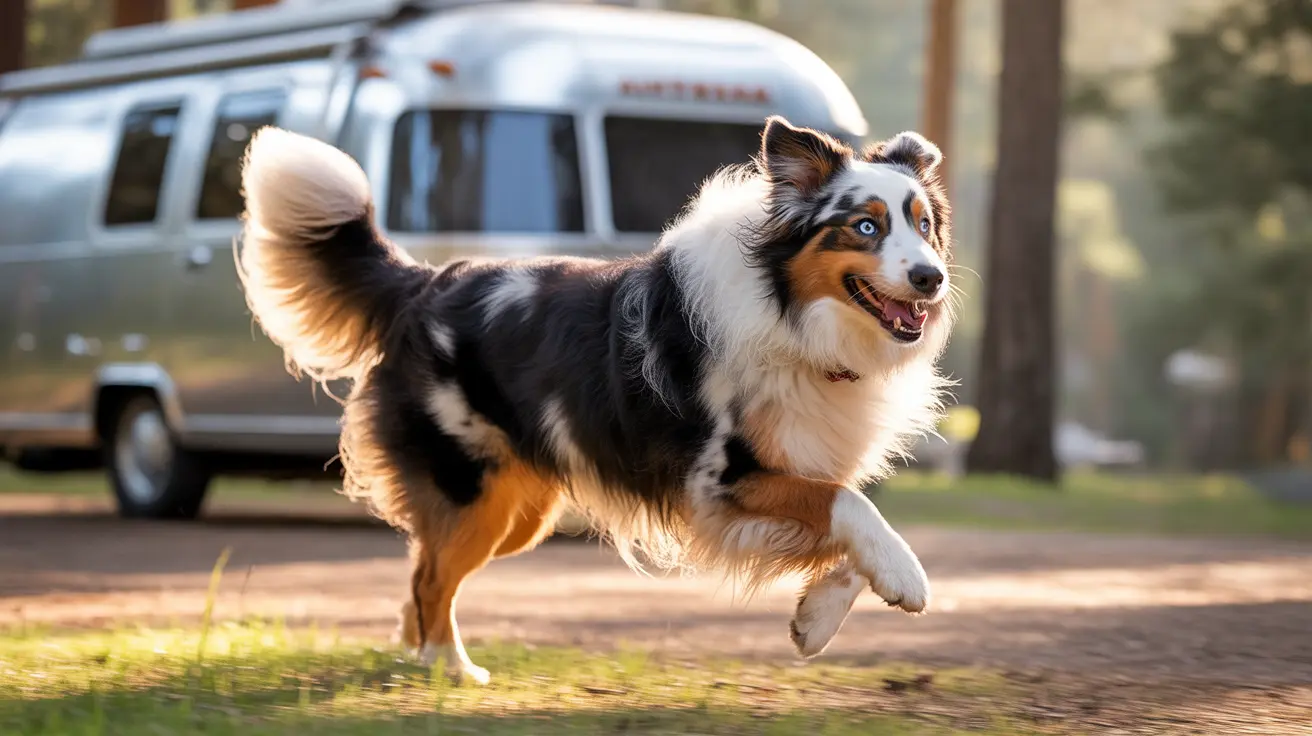While brachycephalic features are well-known in certain dog breeds, their occurrence in horses presents a unique and rare phenomenon worth exploring. This comprehensive guide delves into the world of brachycephalic horses, examining their characteristics, health considerations, and what horse owners should know about this unusual condition.
Understanding brachycephalic traits in horses is crucial for veterinarians, breeders, and horse enthusiasts, as these features can significantly impact an animal's health and quality of life. Unlike dogs, where brachycephaly is intentionally bred for aesthetic purposes, in horses, it's typically considered an anomaly rather than a desired trait.
What Defines a Brachycephalic Horse?
A brachycephalic horse is characterized by a shortened facial structure and broader skull compared to typical equine anatomy. This condition is extremely rare in horses and typically appears in certain miniature breeds or those affected by congenital dwarfism. Unlike brachycephalic dogs, horses with these features usually show only mild manifestations of facial shortening.
The anatomical differences in brachycephalic horses may include:
- A shorter than normal muzzle
- Slightly compressed facial bones
- Broader skull structure
- Potentially altered dental alignment
Health Implications for Brachycephalic Horses
While brachycephalic horses don't typically face the severe health challenges seen in flat-faced dog breeds, they may experience certain medical considerations that require attention. These can include:
Respiratory Considerations
Horses with shortened facial structures might experience mild respiratory changes, though these are usually less severe than those seen in brachycephalic dogs. Regular veterinary check-ups can help monitor any breathing concerns.
Dental Management
The shortened facial structure can impact dental alignment and may require specialized dental care. Regular dental examinations are essential to prevent potential complications.
Comparing Brachycephalic Traits Across Species
Understanding brachycephalic horses becomes clearer when comparing their characteristics to other species:
Horses vs. Dogs
While dogs commonly exhibit extreme brachycephalic features, horses rarely show severe manifestations. This difference is largely due to the natural selection pressures that have shaped equine evolution, where efficient breathing is crucial for survival and performance.
Management and Care Guidelines
Caring for a horse with brachycephalic features requires attention to several key areas:
- Regular veterinary examinations
- Careful monitoring of respiratory function
- Specialized dental care when needed
- Temperature regulation during exercise
- Appropriate feeding adjustments if necessary
Frequently Asked Questions
What health problems are commonly associated with brachycephalic dogs and how might these compare to brachycephalic horses?
While brachycephalic dogs often suffer from severe respiratory issues, skin fold infections, and dental problems, brachycephalic horses typically experience milder symptoms. Horses may show slight respiratory changes and dental alignment issues, but rarely face the severe health challenges seen in flat-faced dogs.
How can I recognize signs of brachycephalic airway syndrome in my dog or horse?
In horses, signs are usually subtle and may include mild respiratory noise during exercise or slight changes in breathing patterns. This differs significantly from dogs, where obvious symptoms like snoring, wheezing, and exercise intolerance are common.
What veterinary treatments or surgeries are available to help manage breathing difficulties in brachycephalic pets?
While brachycephalic dogs often require surgical interventions, brachycephalic horses rarely need surgical treatment. Management typically focuses on regular veterinary monitoring and appropriate exercise adjustment.
Are brachycephalic horses at risk for respiratory issues like brachycephalic dogs, and how rare is this condition in horses?
Brachycephalic features in horses are extremely rare and typically don't cause the severe respiratory issues seen in dogs. The condition is most commonly observed in some miniature horse breeds or those with dwarfism.
How should I care for the dental, skin, and eye health of a brachycephalic dog or horse to prevent complications?
For horses with brachycephalic features, regular dental check-ups are essential. Unlike dogs, they typically don't require special skin or eye care. Focus should be on maintaining regular veterinary visits and monitoring any changes in breathing or eating patterns.
Conclusion
While brachycephalic horses represent a rare occurrence in the equine world, understanding their unique characteristics and care requirements is vital for proper management. Unlike their canine counterparts, horses with brachycephalic features typically experience milder symptoms and can lead healthy, active lives with appropriate veterinary care and monitoring.






